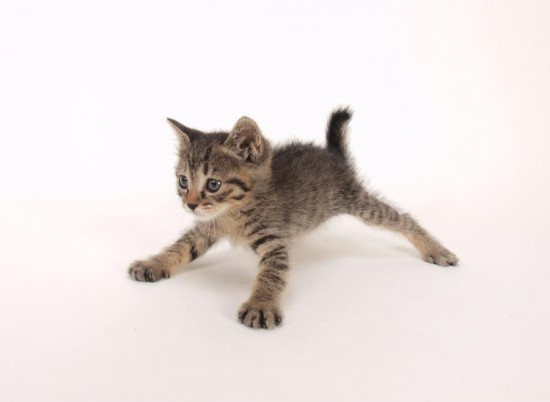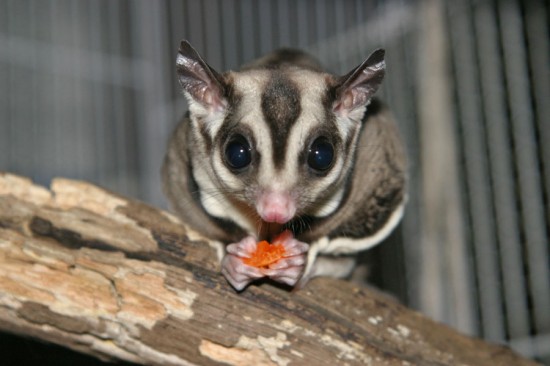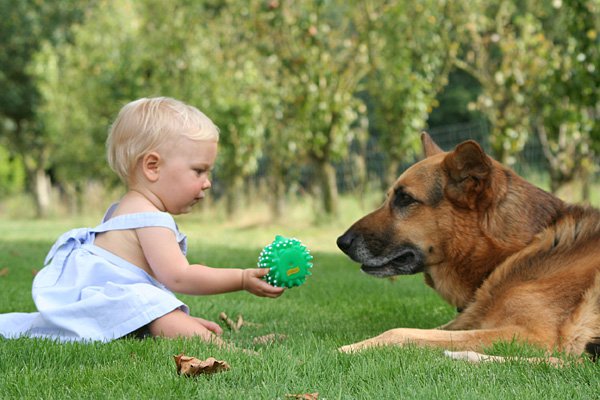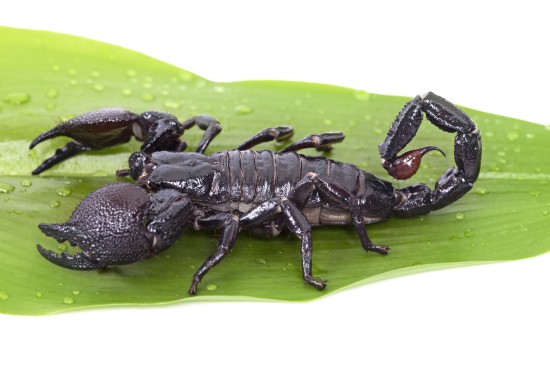

A cat’s natural instinct is to hunt. And sleep. Somewhere in between is the perfect balance of activity to keep him healthy and spry. Most cats cannot help but be both figuratively and literally moved by the world around them – yet some may need some extra stimulation to prevent boredom, especially as they move beyond their younger years and into middle or old age. Keeping your cat active is a great way to maintain his good health, and even a few minutes of exercise a day can make a big difference towards your cat’s quality of life. Read on to learn how to encourage your cat to remain fit and active even if he spends most of his time indoors.
Cats may sleep for about 16 hours per day, sometimes more as they age. It is easy to confuse a cat’s natural rest habits for laziness - especially as they sleep so much more than other pets. If your cat consistently naps the day away that may simply be normal for him. Bear in mind that cats are primarily nocturnal, and so may be more active in the evenings and very early mornings while you’re asleep.
However, changes in sleeping habits can also be a sign of health problems. Arthritis and pain can cause more extreme forms of lethargy whereas sudden hyperactivity can be a sign of hyperthyroidism. It’s a good idea to monitor your cat’s sleep patterns and let your vet know if you’re concerned. Annual blood testing can reveal any underlying health problems that could be causing increased sleepiness or other changes in behaviour.
Cats are generally motivated into action by anything that moves, but certain breeds require more stimulation. If you own a hybrid breed, like a Bengal, or a more active purebred like an Abyssinian, you will find it very easy to get your cat going with balls or a novelty toy (i.e. something they haven’t seen before). Oriental cats like the Siamese or Burmese may prefer toys that stimulate their minds as much as their bodies. Take care to keep active, extra intelligent breeds occupied with appealing toys like scratching posts and climbing trees, otherwise they may just decide to find their own!
Laid back cats like the British Shorthair or Persian may require more interactive toys, like the good old-fashioned ribbon on a string. Spend a few minutes per day playing with them to keep them fit and help maintain your bond.
Each cat will have his own playtime preferences, and it can be a challenge to find the perfect object that he’ll come back to again and again. Remember, not all cats will be amused by the same types of toy, and it helps to try a variety of inexpensive toys before you go out and buy latest and greatest gadgets on the market. Remote controlled mice and laser-pointers are irresistible to many cats, but some may prefer a paper ball or the more traditional feather mouse. Here are some other thrifty toys you can make for your cat at any age:
Your cat’s imagination may also inspire you to create many other types of toy. Just remember to use sturdy materials that your cat is unlikely to be able to swallow or eat.
Most cats are motivated strongly by food, and if conventional toys fail it may be time to bring out the big guns – aka food puzzles or activity feeders. These toys encourage play and movement and are an excellent choice for cats that are older or already overweight. You can buy special food balls with little holes that only dispense food if your cat bats it around – this can be a great way to keep your cat physically and mentally stimulated. Alternatively, keep your cat’s kibbles and litter tray on different floors of the house to encourage him to climb as he needs to do his business.
Catnip is the perfect treat for a mature, less active cat. You can purchase it sewn into secure, well-made toys or loose in varying strengths. The effects of catnip last approximately 15 to 30 minutes, but that should be enough time to motivate your cat to run, jump and pounce his way to his daily exercise quota. Beware! Though the herb is harmless, cats can experience mild hallucinations whilst under the influence of catnip: you may want to stay out of his way.
Keep your catnip potent by storing it in an airtight container, out of direct sunlight whilst not in use. You can also purchase special catnip-scented sprays that will add new life to disused toys.
This is a frequent question from owners looking to help more mature cats recapture their youthful activity levels. The temptation is to pair a senior cat with a new kitten. Unfortunately, this may add significantly to your older cat’s stress-levels, as young cats cannot help but solicit play from people and other animals far more than is sometimes welcome. A stressed moggy may actually become more lethargic and reclusive, so weigh this option very carefully. Most mature cats will respond positively to one of the above outlined techniques, and it may be best to stick with human to cat methods of play and exercise.
Remember, your cat only needs to play and exercise for a few minutes per day to stay fit. Sticking to a daily or weekly play routine is a great way to ensure your cat gets in the activity he needs.
 Sugar Gliders - What Are They And Do I Want One As A Pet?
Sugar Gliders - W
Sugar Gliders - What Are They And Do I Want One As A Pet?
Sugar Gliders - W
 Lifetime Costs Of Dog Ownership
Lifetime Costs Of
Lifetime Costs Of Dog Ownership
Lifetime Costs Of
 Are You Inadvertently Sabotaging Your Dog’s Recall Reliability?
Are You Inadverte
Are You Inadvertently Sabotaging Your Dog’s Recall Reliability?
Are You Inadverte
 Gift your Pets a Warm, Stay in Cosy Chicken Coops
Gift your Pets a Warm, Stay in Cosy Chicken Coops
Gift your Pets a Warm, Stay in Cosy Chicken Coops
Gift your Pets a Warm, Stay in Cosy Chicken Coops
 Caring For An Emperor Scorpion
Caring For An Emp
Caring For An Emperor Scorpion
Caring For An Emp
Copyright © 2005-2016 Pet Information All Rights Reserved
Contact us: www162date@outlook.com